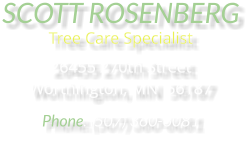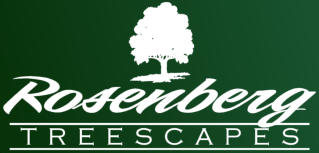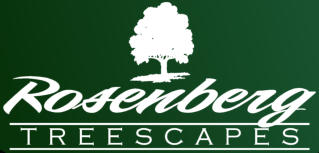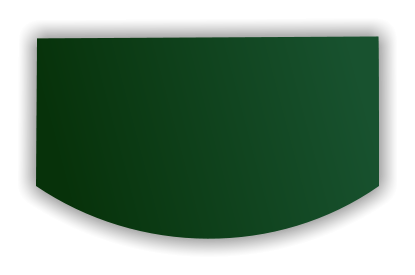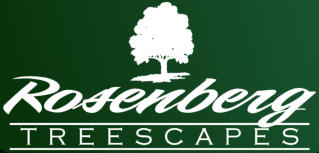
(507) 360-6081
Tree Defects





Facebook
Email
Map Us



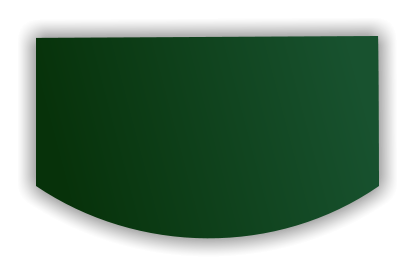
WORTHINGTON, MN

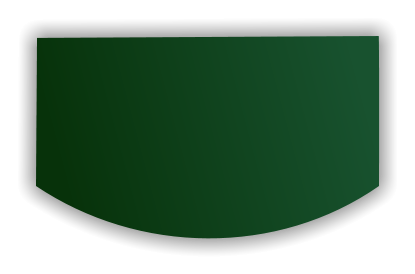
WORTHINGTON, MN
The following defects in trees should not be ignored if the tree or limb has a target to fall onto.
Many of these defects can cause serious damage to structures or injuries to people if the tree
fails. If your trees have any of these defects be sure to arrange a consultation with us.












Trees with decayed or hollow trunks
have a higher risk for failure. Trees
can usually stand with a small
amount of decay. If you have
exposed holes in your tree or there
are animals living in your tree there
is a hollow. These trees will fail more
rapidly in wind and ice events. Some
trees are hard to determine if there
is decay inside until it is cut down or
falls down. If the decay or hollow is in
a limb or branch it may be possible
to remove the limb and save the tree.
Contact us today for an assessment
of your trees condition.
Weak Unions occur where the branch
and the stem meet. A good union is
represented with the bark ridge
pointed upward. If the bark curls
down and in the tree can crack open
as it grows. Trees with unions of this
type need to be monitored closely
for any open cracks developing at
this location as this becomes a very
dangerous tree that can fail at any
time. Contact us to evaluate the
condition of your tree.
Cracks in trees can pose a potentially
dangerous situation. Any horizontal
crack in a tree trunk needs to be
addressed immediately with removal
of the tree. Vertical cracks in the tree
trunk should be addressed by a tree
care professional to determine if the
tree needs to be removed. Cracks in
the limbs or branches may be
remedied with removal of the limb
and still saving the tree. Broken
branches or limbs can fall at anytime
and should be removed from the
tree before any damage to structures
or people occurs. We are here to
help you remove hazards from your
trees. Contact us today.
Deadwood occurs in trees as they
reach maturity or begin to decline
due to disease, insects, decay, or
environmental stresses. Completely
dead trees or branches can fail at
anytime and should be removed
before falling on a structure, vehicle,
or person. Contact us for an
estimate. It may be less expensive to
deal with now than the amount of
your insurance deductible if it falls on
a structure.
A canker is an area of a tree trunk or
branch that has dead, sunken or
missing bark. Cankers can be caused
by disease, fungi, or mechanical
injury. This defect prevents the
movement of nutrients and water up
and down the tree which can lead to
die back in a portion of the tree or
even mortality. As the opening of a
canker becomes larger or more
decayed, potential for failure
becomes greater.
If your trees have fungi bodies
growing on them like in these
pictures you have decaying wood
under the bark or soil line. Trees with
these growths are extremely
dangerous as you cannot see the
extent of the decay but know it is
there. The best course of action is to
remove affected parts of the tree. If
the affected part is the trunk the tree
should be removed before it fails.
Contact us today for an assessment
of your tree with this condition.
The invasive Emerald Ash Borer was
found in Worthington in 2019. This bug
will devastate the Ash population in
the area over the next decade.
Fortunately, there is a chemical
injection available to protect the tree
from the Emerald Ash Borer. The
injections are administered during the
active growing months with the
chemical injected directly into the tree
with no harmful chemicals being
applied to the lawn or soil. Without
chemical treatments the Emerald Ash
Borer will kill the Ash Trees over time.
Trees killed by this bug will fail very
rapidly and become more dangerous
to work with in comparison to those
trees dying naturally. Contact us for an
estimate to treat and protect your ash
tree from Emerald Ash Borer.
Trees can be damaged or destroyed
by wind and ice events. Damages can
range from broken limbs to uprooted
trees. Storm damaged trees should
be dealt with as soon as possible to
minimize any further damages to
property or injuries to people. Many
trees that receive storm damage
have other preexisting defects.
Contact us today to assess the
condition of your trees to determine
if any action is needed to minimize
future storm damages on your trees.
Many trees lean because they have
grown toward the sun. Trees that
begin to lean later in their life should
be assessed for their structural
stability. Check for soil mounding on
the side opposite of the lean. If there
is freshly disturbed soil or a large gap
between the trunk and the soil this
could be a dangerous tree. Wind
storms can also cause an unsafe
leaning tree. Contact us if you have a
tree showing these symptoms to
determine the best plan for your
tree.
Girdling roots can be hard to
diagnose as many times this
happens under the soil surface. This
defect can cause leaf discoloration,
a portion of the tree to die, or early
mortality. As the tree and root grow,
the root compresses into the tree
stem inhibiting water and nutrient
flow within the tree. A girdling root
occasionally causes the tree to fail
and break off at or just below the
soil line.
Improper pruning is not as rapidly
detrimental to trees but can lead to
dieback, decay, and possibly tree
mortality. Branches not trimmed
back to the branch bark ridge and
branch collar do not allow the tree to
naturally heal. Bark tears also
prevent proper healing. Topping is a
practice of removing the top portion
of a tree. This is very harmful to the
tree and makes it more susceptible
to disease, decay, and insects.
Topping creates rapid epicormic
shoot growth from the cut points of
the tree. These branches are weak
and can fail much quicker in wind
and ice events. Always hire a trained
professional who does not make
these pruning mistakes.
CONTACT US FOR MORE
INFORMATION ON YOUR
INDIVIDUAL NEEDS.

When considering where to plant a
tree think about how large that variety
will be at maturity. Do not plant a large
tree close to a house or structure as
over time the tree can cause damage
to your shingles, siding, or
foundations. Trees planted to close to
sidewalks and driveways can heave,
lift, or crack these structures. If you
have overhead power lines plant trees
off to the side of the lines or plant a
smaller ornamental tree. If you have
an existing tree too close to a structure
contact us for a consultation to
determine the best way to minimize or
eliminate any future damages.
Wrong Tree / Wrong Location
Decay / Hollow
Weak Branch / Stem Unions
Cracks/Broken Branches
Deadwood
Canker
Fungi Bodies
Emerald Ash Borer
Storm Damage
Excessive Lean
Girdling Roots
Improper Pruning By Others

Facebook
Email
Map Us



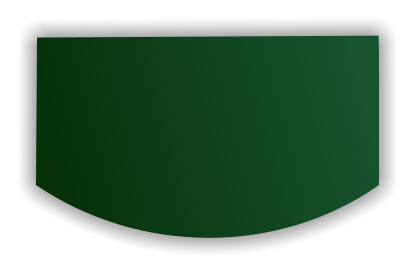
WORTHINGTON, MN
The following defects in trees should not
be ignored if the tree or limb has a
target to fall onto. Many of these defects
can cause serious damage to structures
or injuries to people if the tree fails. If
your trees have any of these defects be
sure to arrange a consultation with us.












Trees with decayed or hollow trunks
have a higher risk for failure. Trees can
usually stand with a small amount of
decay. If you have exposed holes in your
tree or there are animals living in your
tree there is a hollow. These trees will fail
more rapidly in wind and ice events.
Some trees are hard to determine if
there is decay inside until it is cut down
or falls down. If the decay or hollow is in
a limb or branch it may be possible to
remove the limb and save the tree.
Contact us today for an assessment of
your trees condition.
Weak Unions occur where the branch
and the stem meet. A good union is
represented with the bark ridge pointed
upward. If the bark curls down and in the
tree can crack open as it grows. Trees
with unions of this type need to be
monitored closely for any open cracks
developing at this location as this
becomes a very dangerous tree that can
fail at any time. Contact us to evaluate
the condition of your tree.
Cracks in trees can pose a potentially
dangerous situation. Any horizontal
crack in a tree trunk needs to be
addressed immediately with removal of
the tree. Vertical cracks in the tree trunk
should be addressed by a tree care
professional to determine if the tree
needs to be removed. Cracks in the
limbs or branches may be remedied
with removal of the limb and still saving
the tree. Broken branches or limbs can
fall at anytime and should be removed
from the tree before any damage to
structures or people occurs. We are here
to help you remove hazards from your
trees. Contact us today.
Deadwood occurs in trees as they reach
maturity or begin to decline due to
disease, insects, decay, or environmental
stresses. Completely dead trees or
branches can fail at anytime and should
be removed before falling on a structure,
vehicle, or person. Contact us for an
estimate. It may be less expensive to deal
with now than the amount of your
insurance deductible if it falls on a
structure.
A canker is an area of a tree trunk or
branch that has dead, sunken or missing
bark. Cankers can be caused by disease,
fungi, or mechanical injury. This defect
prevents the movement of nutrients and
water up and down the tree which can
lead to die back in a portion of the tree
or even mortality. As the opening of a
canker becomes larger or more decayed,
potential for failure becomes greater.
If your trees have fungi bodies growing
on them like in these pictures you have
decaying wood under the bark or soil
line. Trees with these growths are
extremely dangerous as you cannot see
the extent of the decay but know it is
there. The best course of action is to
remove affected parts of the tree. If the
affected part is the trunk the tree should
be removed before it fails. Contact us
today for an assessment of your tree
with this condition.
The invasive Emerald Ash Borer was
found in Worthington in 2019. This bug
will devastate the Ash population in the
area over the next decade. Fortunately,
there is a chemical injection available to
protect the tree from the Emerald Ash
Borer. The injections are administered
during the active growing months with
the chemical injected directly into the
tree with no harmful chemicals being
applied to the lawn or soil. Without
chemical treatments the Emerald Ash
Borer will kill the Ash Trees over time.
Trees killed by this bug will fail very
rapidly and become more dangerous to
work with in comparison to those trees
dying naturally. Contact us for an
estimate to treat and protect your ash
tree from Emerald Ash Borer.
Trees can be damaged or destroyed by
wind and ice events. Damages can range
from broken limbs to uprooted trees.
Storm damaged trees should be dealt
with as soon as possible to minimize any
further damages to property or injuries
to people. Many trees that receive storm
damage have other preexisting defects.
Contact us today to assess the condition
of your trees to determine if any action
is needed to minimize future storm
damages on your trees.
Many trees lean because they have
grown toward the sun. Trees that begin
to lean later in their life should be
assessed for their structural stability.
Check for soil mounding on the side
opposite of the lean. If there is freshly
disturbed soil or a large gap between the
trunk and the soil this could be a
dangerous tree. Wind storms can also
cause an unsafe leaning tree. Contact us
if you have a tree showing these
symptoms to determine the best plan for
your tree.
Girdling roots can be hard to diagnose as
many times this happens under the soil
surface. This defect can cause leaf
discoloration, a portion of the tree to die,
or early mortality. As the tree and root
grow, the root compresses into the tree
stem inhibiting water and nutrient flow
within the tree. A girdling root
occasionally causes the tree to fail and
break off at or just below the soil line.
Improper pruning is not as rapidly
detrimental to trees but can lead to
dieback, decay, and possibly tree
mortality. Branches not trimmed back to
the branch bark ridge and branch collar
do not allow the tree to naturally heal.
Bark tears also prevent proper healing.
Topping is a practice of removing the top
portion of a tree. This is very harmful to
the tree and makes it more susceptible
to disease, decay, and insects. Topping
creates rapid epicormic shoot growth
from the cut points of the tree. These
branches are weak and can fail much
quicker in wind and ice events. Always
hire a trained professional who does not
make these pruning mistakes.
CONTACT US FOR MORE
INFORMATION ON YOUR
INDIVIDUAL NEEDS.

When considering where to plant a tree
think about how large that variety will be
at maturity. Do not plant a large tree
close to a house or structure as over
time the tree can cause damage to your
shingles, siding, or foundations. Trees
planted to close to sidewalks and
driveways can heave, lift, or crack these
structures. If you have overhead power
lines plant trees off to the side of the
lines or plant a smaller ornamental tree.
If you have an existing tree too close to a
structure contact us for a consultation to
determine the best way to minimize or
eliminate any future damages.
Wrong Tree / Wrong Location
Decay / Hollow
Weak Branch / Stem Unions
Cracks/Broken Branches
Deadwood
Canker
Fungi Bodies
Emerald Ash Borer
Storm Damage
Excessive Lean
Girdling Roots
Improper Pruning By Others



